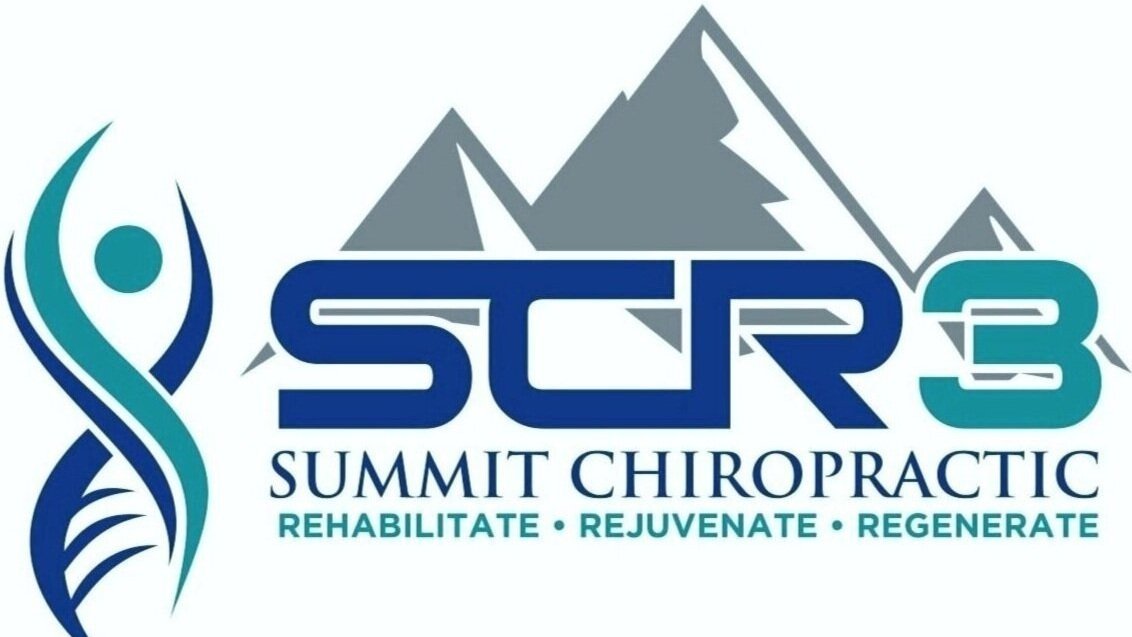Common Shoulder Injuries
COMMON SHOULDER INJURIES
The shoulder is one of the most commonly injured joints in the body, and this is no coincidence. It is one of the most mobile joints in the body, with a huge range of motion, and many muscle attachments. In fact, 18 muscles attach to the scapula (the bone that makes up the shoulder blade) alone! These many muscle attachments make up for the very few actual joints of the shoulder to the torso. Technically there is only one; the acromioclavicular (AC) joint which is where your collar bone meets the front part of the scapula. These factors combine to make the shoulder particularly prone to injury, especially in athletes that have to use repetitive overhead movements such as Olympic weightlifters, throwing athletes, and rock climbers. We can also injure the shoulder by falling on it, which is often the case among athletes such as snowboarders, mountain bikers, and skiers.
There are many types of injuries that can happen in the shoulder. Here are a few of the different types:
Muscle injury:
We can injure all muscles of the shoulder, especially the notorious rotator cuff muscles which are responsible for helping to coordinate some of the fine movements in the shoulder. These muscle injuries can range from a small tear to a complete rupture. Smaller tears can typically be managed with conservative therapy with very good success rates (Kukkonen et al. 2015), while a complete rupture will potentially need surgical intervention in order for full function to return.
Joint Injury
The AC (acromioclavicular) joint can become injured and separated during a fall, leading to a step deformity in the shoulder (in this scenario the collar bone sticks upwards creating a “step” from the end of the collar bone to where it attached to the scapula). These step deformities are often the result of tearing of the ligaments that connect the collar bone to the shoulder, leading in some cases to fairly significant shoulder instability. Lower grade sprains of the AC joint in which there is only partial separation can be treated with rehabilitation and conservative therapy. High grade sprains in which the collarbone is dislocated and/or broken may need surgical fixation.
Recurrent dislocation:
Dislocations are unfortunately a fairly common occurrence in the shoulder. This is because of the very high amount of mobility we have in the shoulder. The trade off for this mobility is the increased predisposition to dislocate it. When a dislocation occurs, the capsule and tendons of the shoulder become stretched further than they were initially designed. Like an overstretched rubber band, the capsule is then more loose and predisposes the individual to further dislocations. Sometimes a fracture can occur between the two bones that dislocate the shoulder, as well as other deformity of the soft tissues. In the absence of these deformities, stabilization exercises, strengthening and rehabilitation of the shoulder are key components to reducing the risk of further shoulder dislocations.
Shoulder Impingement
As the supraspinatus muscle (one of the rotator cuff muscles) traverses along the shoulder from the scapula to the humerus (upper arm), it has to go underneath a piece of bone called the acromion. This area is a common location of pain and discomfort for people with pain in the front of the shoulder. It was once thought that different shapes of the acromion were the cause of this issue. This has been shown to not be the case however, as surgical correction does not yield better results than rehabilitation and conservative care alone (Paavola et al. 2017). It is now no longer recommended to get surgery for this condition (Vandvik et al. 2019). The best treatment for this condition included mobilization, strengthening, and rehabilitation exercise (“Painful Shoulder: Exercise Can Reduce Pain and Improve Mobility and Function” 2020).
Treatment for shoulder injuries:
There are many conservative treatment options for individuals experiencing shoulder pain and injury. The first issue to be tackled is to get an accurate diagnosis regarding shoulder symptoms. For instance, many times shoulder pain can be referred pain from the neck, and it takes a clinician with experience in treating both shoulder and neck conditions to differentiate the two.
Once we have an idea of what is the pain driver, we can begin treatment catered towards everyone's individual goals. It is important to have goals to shoot for because then we can cater our rehabilitation exercises to returning to that activity.
Treatment typically begins with trying to restore range of motion and decrease pain in the shoulder.
Spinal manipulation of the upper back and neck are often effective in helping with this process because many of the muscles that connect to the shoulder connect to the spine as well. Spinal manipulation works to:
Return normal motion to the spine (necessary for normal shoulder motion)
Decrease pain sensation
Increase brain awareness and motor function
Shoulder mobilizations and Acupuncture/Dry needling.
Increase blood flow to the muscles and connective tissues
Decrease muscle tension
Improve motor function and coordination
Shoulder Strengthening and Rehabilitation exercise
Decreases pain associated with movement
Increases capacity of muscles, tendons and ligaments
Bridge the gap from your current functional capacity to where your fitness goals are.
References:
Kukkonen, Juha, Antti Joukainen, Janne Lehtinen, Kimmo T. Mattila, Esa K. J. Tuominen, Tommi Kauko, and Ville Äärimaa. 2015. “Treatment of Nontraumatic Rotator Cuff Tears.” Journal of Bone and Joint Surgery. https://doi.org/10.2106/jbjs.n.01051.


